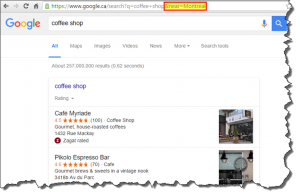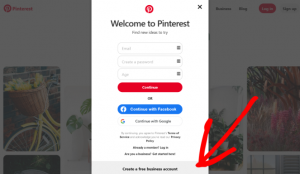Yelp Builds Out COVID-19 Section, As Data Reveals Larger Economic Impact
In a push to help businesses as they re-open, Yelp says it will continue to build out its COVID-19 Section to help businesses that were temporarily shut down during the COVID-19 pandemic.
Since March 1, about 23% of retailers have been closed, as well as 17% of restaurants and 13% of beauty stores. More than 143,000 businesses on Yelp’s platform were closed as of June 10, while about 35% said they will close permanently, Yelp VP of Data Science Justin Norman told “Squawk Box,” adding that this is just a reflection of what Yelp can see.
Among the businesses that will close permanently, about 48% are restaurants.
Norman attributes the high number of permanent closures to the challenges faced by many restaurants having very little cash reserves before the pandemic.
Yelp business pages now allow companies and restaurants to indicate whether or not they offer dine-in service, outdoor seating, in-person visits, as well as virtual services, curbside pickup and delivery options.
The section also features a custom message option from the business that Yelp originally introduced as a COVID-19 banner in late March. Since March, nearly 400,000 businesses have used the COVID banner, according to Yelp.
On Tuesday the company announced a series of tools for local businesses and restaurants re-opening such as the modifications made to Yelp’s Waitlist that help restaurants that are now offering dine-in service to manage limited seating capacity.
This feature has helped restaurants to avoid crowded waiting areas and lines outside the door, and to better manage logistics at a time when reduced capacity has impacted dining room areas, per Yelp.
The new in-person feature allows patrons to join Waitlist offline by scanning a QR code that restaurants can display at the door.
For restaurants, it allows management to manually adjust wait times for customers based on seating capacity and/or reduced staff. A feature to identify maximum seating capacity has also been added, alerting restaurant staff when they have reached 90% of their adjusted capacity.
Automation plays a key role in this feature. When a business reaches its maximum number of guests, management can adjust wait times using the Manual Wait Controls to help comply with local regulations.
As part of health and safety measures and to help consumers feel more comfortable, businesses can tell consumers whether and how they enforce social distancing as well as whether they sanitize between customers, mandate that staff wear masks and/or gloves, and provide hand sanitizer or contactless payment.
(19)
Report Post





